REVIEW: ‘Blurring the Color Line’
“Blurring the Color Line,” directed by Crystal Kwok, asks the question, “where did the Chinese sit on the bus during Jim Crow?” The film addresses the historical subject that has been overlooked for decades.
In education systems across the country, students are taught about the racial tensions between individuals who are White or Black in the South, without a single mention about Asians. However, Kwok helps to change this narrative.
“Blurring the Color Line” begins with Kwok asking strangers on the bus about where they thought the Chinese would sit, with each individual giving a unique answer. This had a sense of authenticity because viewers could tell that the interviewees had to think about their responses.
The film, inspired by Kwok’s grandmother’s story, introduces the audience to the Lum family. The family immigrated from China to Augusta, Georgia and lived in a Black neighborhood where they opened a grocery store. Other Asian families owned stores nearby, too.
The members of the Lum family reflected on their upbringing and the environment that surrounded them. The ideology that they were considered more “White” despite living in a Black neighborhood felt like a contradiction.
Asians were placed in what seems like a middle ground since they did not fully fit in White environments. They did not associate with Black individuals, despite benefiting from their purchases at the grocery stores.
Kwok not only includes the perspective of her own family, but others in the community including customers from the grocery store. This is refreshing to watch because it allows the story to relate to a wider audience. She shows that there is a substantial amount of history with this topic that has yet to be shared.
The animation used to aid in storytelling is visually stunning and well-balanced throughout the film. It helps to transition between scenes and topics being discussed.
Every interview helps to set the scene and makes the audience feel a personal connection. The scenes at the Lum family gathering show the bond that each individual has with one another. Many of their stories were shared out loud for the first time, especially when it came to the women.
As a member of the Lum family, I really enjoyed these scenes because I got to know some of my aunts and uncles better. It was a heartfelt moment to see them on the big screen, especially since some of them passed away.
By reflecting on stories of the past and exploring where Asians fit into society during Jim Crow, “Blurring the Color Line” brings hope of more representation and the ability to bring communities together.

